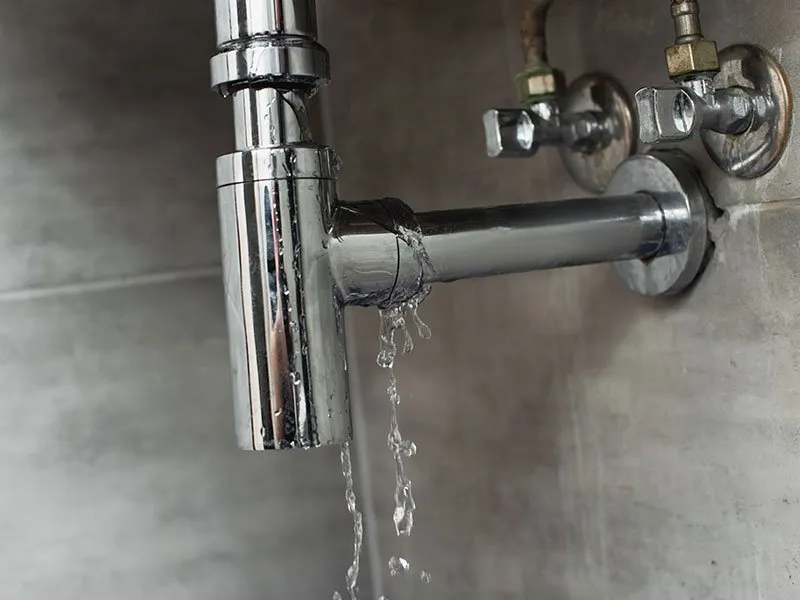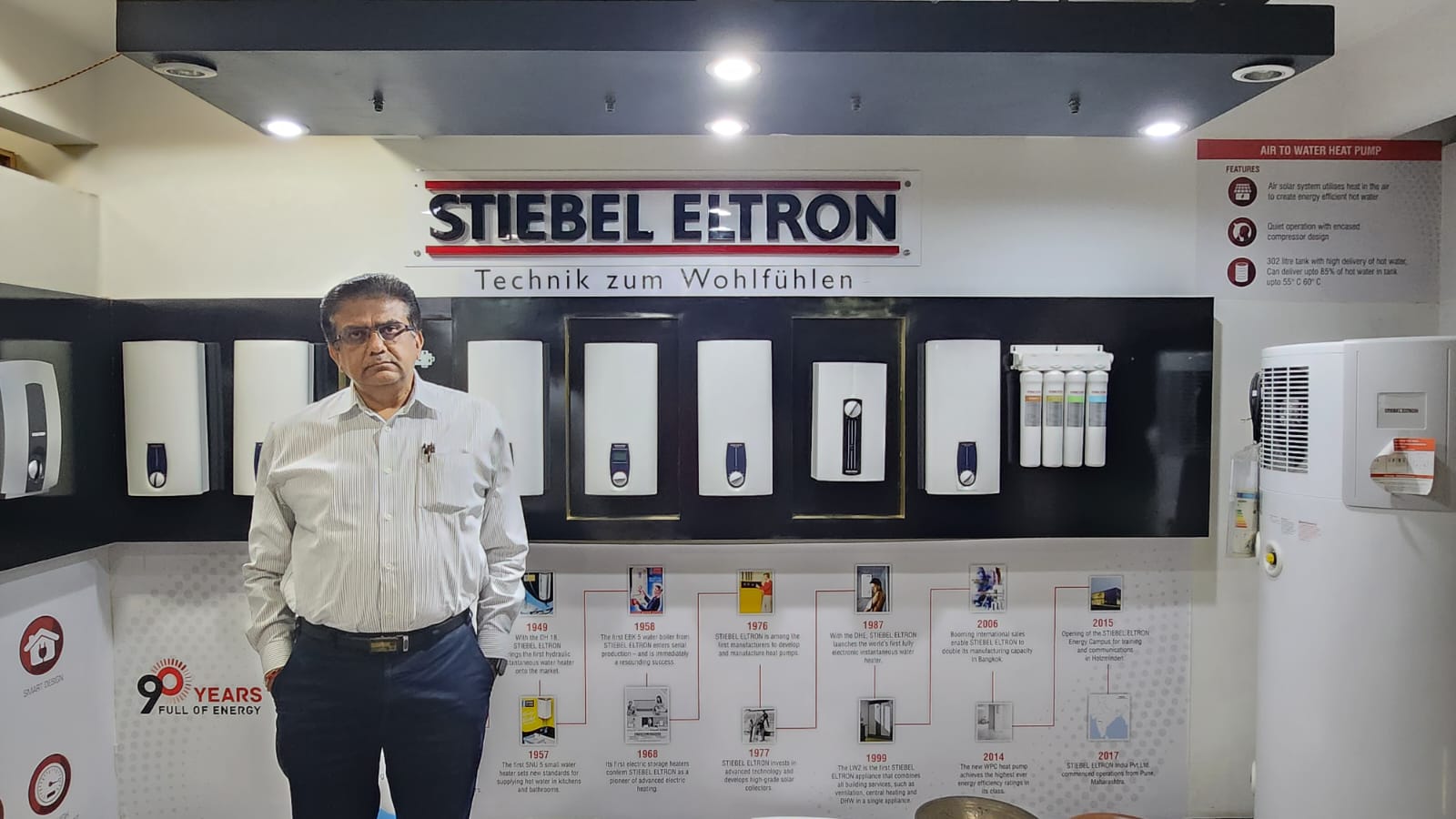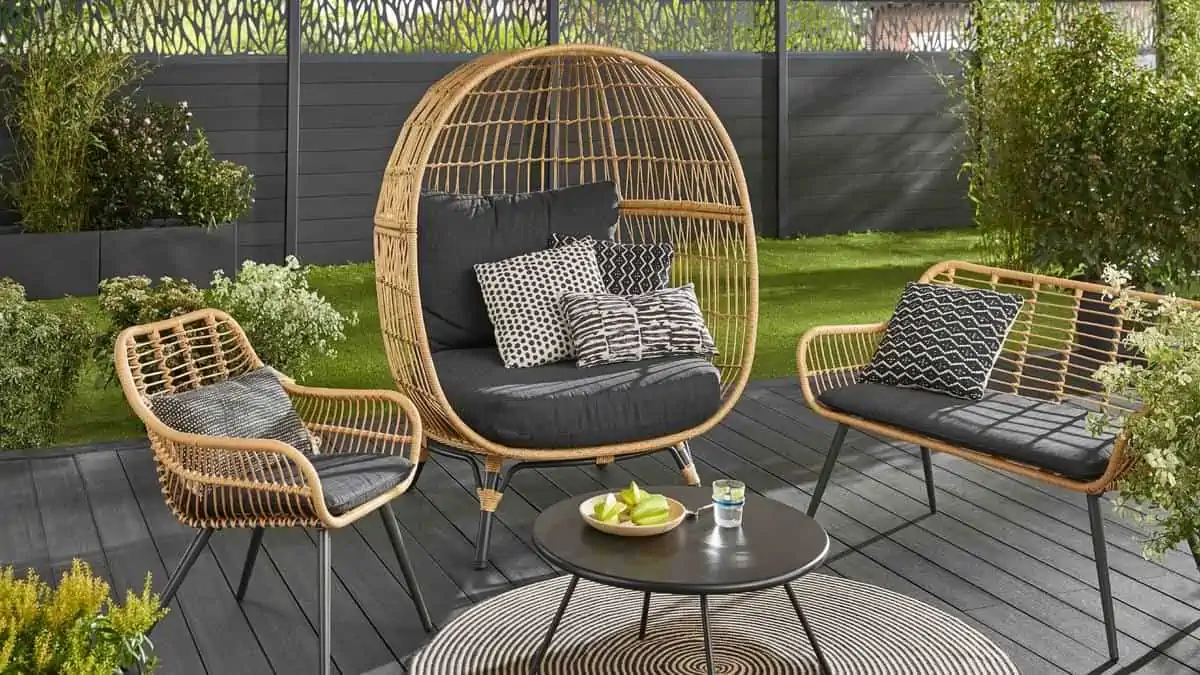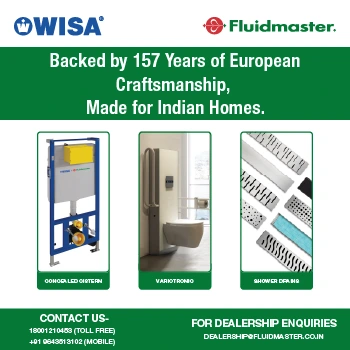The selection of materials is essential to guaranteeing the longevity and effectiveness of the plumbing system. In fact, whether it is a home renovation or a new construction, knowing about different types of plumbing fittings materials and their names and having a list of items can make it much easier for you to make an informed decision. Moreover, starting from pipes and fittings to valves and sealants, everything plays a basic role in the overall functionality and lifespan of your system. In this article, we are going to discuss what plumbing fitting materials, their name and features exist, and how they can fulfill particular requirements.
Different categories of plumbing materials
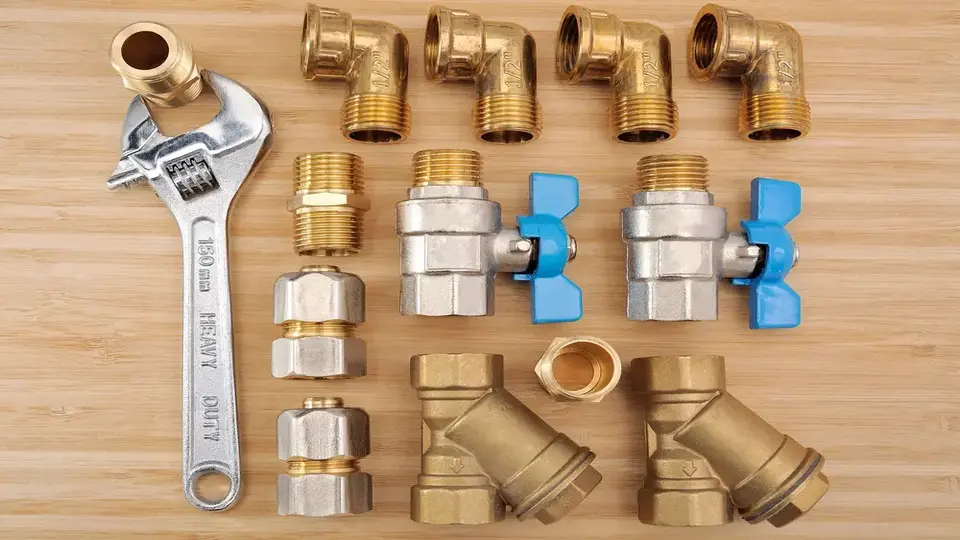
Image Source: horizonservices.com
The list of plumbing material names can generally be categorized according to their general purposes and applications. All these materials play an essential role in the development of a more reliable and practical plumbing system. Here are the broad categories and their types:
Pipes and tubes
Any plumbing system is supported by pipes and tubes, which make drainage and water delivery easier. The different types of pipes and tubes are as follows:
- PVC (Polyvinyl Chloride) pipes: PVC pipes are light in weight, durable and ideal for cold water systems and drainage.
- Copper pipes: They are tough, durable, resistant to corrosion and suitable for hot and cold water.
- Cross-linked polyethylene tubes (PEX): They’ve become popular in the new residential plumbing layout lately because of their relatively easy installation process.
- Galvanized steel pipes: They feature a rust-resistant coating and are common in older systems.
- Cast iron pipes: They possess a layer of galvanized coating and are used in older systems.
Fittings and connectors
Connectors and fittings connect pipes enabling smooth flow and maintaining system integrity. The names of different types of plumbing fittings and connectors are:
- Elbows: These change the direction of pipes.
- Tees: These enable three-way connections for branch lines and, hence, can combine or divide fluid flow.
- Couplings: Couplings connect two pipes of the same diameter.
- Adapters: These connect one pipe material to another as adapters can easily handle the contraction and expansion of 2 different materials.
- Unions: These give a detachable connection that is used for maintenance purposes.
Valves
The valve manages a plumbing system’s water flow and pressure. The following are the various kinds of valves:
- Gate valves: They completely shut off water flow or provide a full flow in a pipeline.
- Ball valves: Ball valves are shut-off valves which control the flow of water in a plumbing system.
- Check valves: This valve allows flow only in one direction and prevents backflow by shutting the valve, thereby protecting the pipe.
- Pressure-reducing valves: These regulate water pressure in water pipes.
- Globe valves: These valves can prevent or regulate fluid flow in a pipeline.
Seals and adhesives
These ensure leak-proof connections and strong joints in a plumbing setup. Types of seals and adhesives used to seal joints are as follows:
- Teflon tape: Teflon tape prevents leaks and is applied to threaded pipe joints.
- Liquid pipe sealant: This is a liquid sealant used on threaded fittings for extra protection against leakages.
- Silicone sealants: These are waterproof and flexible and hence are ideal for sealing around fixtures.
- Epoxy adhesives: These are used for fixing leaks or joining different materials.
Fixtures
Plumbing fixtures are point-of-use devices where water is either used or discharged. Notably, different types of fixtures include:
- Taps and faucets: These provide the means for using water flowing in the supply lines.
- Sinks and basins: These are used in kitchens and bathrooms for washing or cleaning.
- Toilets: This is a sanitation appliance, which comes in many designs.
- Showers and bathtubs: Bathing facilities, come in different sizes and are equipped with advanced controls.
Tools and supplies
Tools and additional accessories are necessary for proper installation and maintenance. Different tools and supplies are mentioned below:
- Pipe wrenches: Wrenches are used to grip and turn pipes.
- Pipe cutters: These cutters cut the pipe to the appropriate length.
- Plumber’s tape: These make sure that all connections are tight and leak-proof.
- Plungers: Plungers are useful in clearing clogs in the drains.
Choosing the right plumbing materials is a very important factor in building a reliable, efficient and long-lasting plumbing system. When planning a plumbing project, it’s essential to create a comprehensive list of required items, to name a few – pipes, fittings and different types of tools, to ensure an efficient setup. Therefore, whether you are a DIY enthusiast or hiring a professional plumber, having a plumbing material name list will always keep you in a better position to make the right decisions to meet your needs and budget. A well-chosen combination of quality materials not only enhances the system’s functionality but also minimizes the time for maintenance and repairs, which means peace of mind for years to come.
FAQs
How do I prevent pipe leaks?
Prevent pipe leaks by using high-quality materials and proper installation. Ensure joints are sealed with Teflon tape or liquid pipe sealant. Check the pipes for wear, corrosion, or loose connections and make sure not to over-tighten fittings. Insulate pipes in colder climates against freezing. Address small leaks quickly before they become big problems and your plumbing system runs its course.
What tools are essential for plumbing repairs?
The tools used for plumbing repair are a pipe wrench for gripping and turning pipes, a pipe cutter for resizing and a plunger to clear clogs. Furthermore, an adjustable wrench is also useful for different types of plumbing fittings, Teflon tape for sealing joints and a plumber’s snake for clearing blockages. Additionally, buckets, screwdrivers and pliers also prove useful in different plumbing operations.
Can I use the same pipes for hot and cold water?
Yes, some pipes can be used for both hot and cold water. Examples include PEX, copper, and CPVC pipes. Additionally, ensure that the pipe material is rated for high temperatures and pressure to handle hot water. Furthermore, do not use standard PVC pipes for hot water because they will warp or fail. Always check manufacturer specifications for compatibility.
* The featured image used in this article is from nandadeepgroups.com
30 common plumbing mistakes and the ultimate guide to fix them
Plumbing problems such as a dripping tap, running toilet, or a leaky faucet may be minor issues but can cause a great deal of









